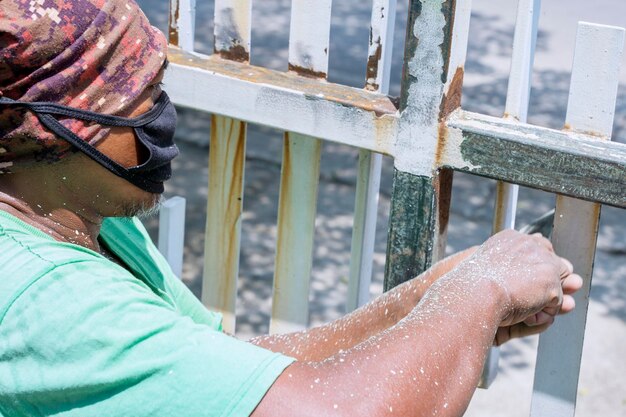Your Guide to Repairing Roof Shingles Safely and Effectively
A missing or damaged roof shingle can transform into a homeowner’s nightmare if not addressed promptly. Consider it the first step on the path to avoiding leaks, rot, and eventually costly repairs. However, fixing roof shingles is a fairly straightforward task, often manageable without professional help—saving you both time and money. Here’s how to tackle this DIY project with confidence.
Assess the Damage
Before you begin, it's essential to inspect your roof thoroughly. Look for missing, curled, or cracked shingles. If you spot discolored areas or granules in your gutters, these are signs that your shingles may need attention.
Gather Your Tools and Materials
To get started, you'll need:
- Sturdy ladder
- Flat pry bar
- Asphalt shingles (matching your current roof)
- Hammer
- Roofing nails
- Utility knife
- Asphalt roofing cement
- Trowel
Preparation is Key
Safety should always come first. Make sure your ladder is secure, and avoid working on the roof in wet or windy conditions. Always wear rubber-soled shoes for the best grip when on the roof.
Removing the Damaged Shingle
Loosen the adhesive: Insert the flat pry bar under the damaged shingle's edges to break the seal. If it's stubborn, slide the bar under the roofing material and carefully pull to release it.
Remove nails: With the flat pry bar, lift the shingle gently, stopping just above the nails. Once you've exposed each, use the bar to ease the nails out.
Free the damaged shingle: Slide it out, being careful not to further damage surrounding shingles.
Installing the New Shingle
Position the replacement: Slide the new shingle into place, ensuring it matches the surrounding pattern and lines up properly.
Nail it down: Secure the new shingle with at least four roofing nails. Ensure each nail is flush with the surface to avoid a future hazard.
Seal the deal: Use asphalt roofing cement around the shingle’s edges and over the nails to ensure a watertight seal, applying it with a trowel.
Beyond Roofing: Financial and Educational Resources
Taking on roof repairs yourself is cost-effective, but sometimes unexpected expenses can strain your budget. Fortunately, several programs and resources can help ease the financial burden.
🌟 Financial Assistance and Educational Opportunities 🌟
Government Home Repair Programs 🏠
Many local and federal programs offer funds for repairs, especially if the damage poses a safety risk. Check your eligibility for grants or low-interest loans.Low-Interest Credit Solutions 💳
Consider credit cards tailored for home repair purchases, offering low introductory rates or ongoing points for rewards.Educational Grants 🎓
If finances are tight, look into educational grants and scholarships that can free up funds otherwise allocated for tuition, thereby easing overall financial strain.Debt Relief Options 💰
If existing debts feel overwhelming, investigate consolidation or reduction options to improve cash flow and cover essential home repairs without stress.
Completing a shingle repair yourself is a satisfying accomplishment, but if the scope grows beyond your comfort zone or expertise, engaging a professional is wise. This ensures safety and quality, especially with more extensive damage. Regardless of the path you take, safeguard your home and financial health by exploring available resources—a little help can go a long way.
